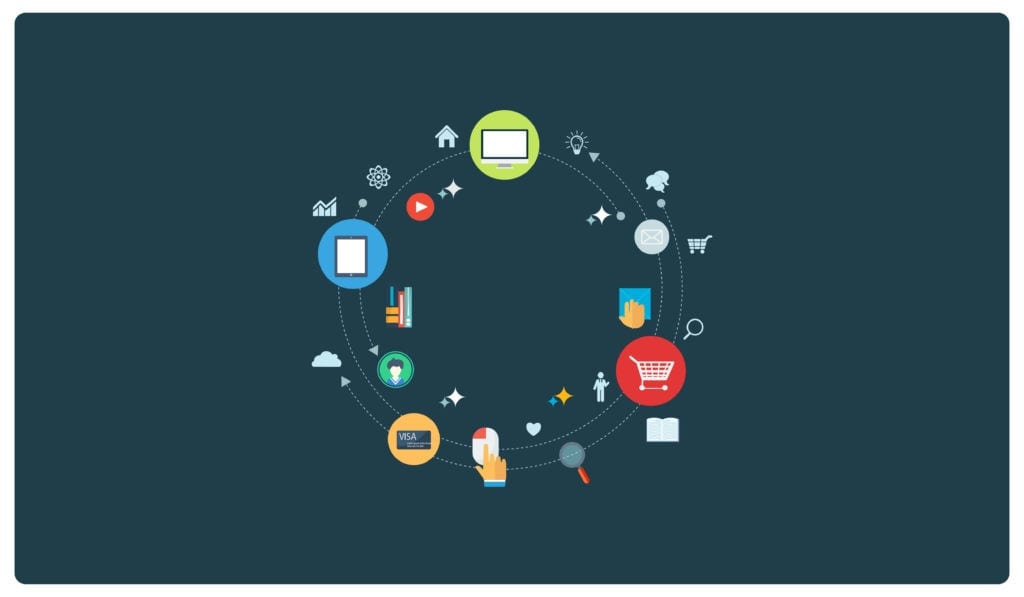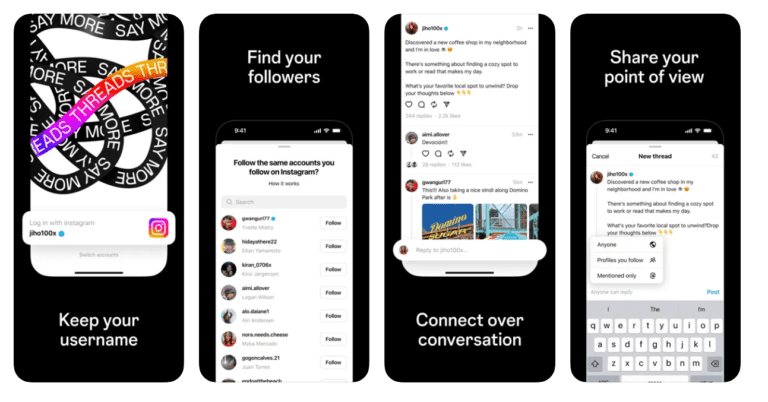
To utilize your digital brand network efficiently, it’s important to understand the difference between all of your mediums, or in other words, the difference between platforms and channels.
Platforms are the foundation on which you can build your brand presence, such as the web, phone apps, social media, and gadgets.
Channels serve as a more direct means of communication and include email, advertising, search engines, chatbots, phone, and more.
A big part of organizing your content delivery system is finding a good balance between the platforms and channels that you use. It is important to be present on the right platforms for your brand.
Make sure you know where your audience hangs out online, so you don’t miss out on potential opportunities to connect with them.
Similarly, make sure you’re not wasting your time on platforms that don’t work for your brand and have low returns.

Need more help with your content creation? Free Book: How To Create A Multi-Channel Content Strategy
Social Media Platform Examples
- Facebook: One of the largest social networks, ideal for broad audience reach and building communities. Brands use it for targeted advertising, customer interaction, group discussions, and content sharing.
- Instagram: A visually-driven platform that brands use for product showcases, influencer collaborations, and engaging Stories and Reels. Check out this guide on how to optimize your brand Instagram profile ›
- TikTok: Short-form video platform that has exploded in popularity, particularly with younger demographics. Brands can use it to tap into viral trends, popular challenges, and humorous content.
- YouTube: The go-to video sharing platform. Brands utilize it for product demos, tutorials, in-depth content, and behind-the-scenes looks.
- Pinterest: Excellent for inspiration and product discovery. Brands leverage it for creating visually appealing boards and shareable content.
Web Platform Examples
- Your Own Website: Your brand website is the cornerstone of your online presence.
- E-commerce Platforms (Shopify, WooCommerce, BigCommerce): These platforms enable brands to easily set up their own online stores for direct selling, manage products, process payments, and handle shipping.
- Mobile Apps: An app functions as powerful platforms where brands like Uber, Airbnb, and similar services provide their entire core customer interaction through the app itself.
Channel Examples
- Email Communication: This channel allows for targeted messages directly to a subscriber’s inbox. It’s great for building relationships, nurturing leads, and delivering personalized content based on user data.
- Public Relations (PR): This refers to managing your brand’s reputation through outside media coverage. Examples include: press releases, content partnerships and media outreach.
- SMS Marketing: With user permission, this channel allows you to send short text messages.
- Live Events and Webinars: These can help you bring your brand audience together for in-person or virtual experiences.
How Platforms and Channels Synergize for Effective Brand Marketing
Understanding how platforms and channels work in tandem is beneficial when it comes to developing a strong content strategy. Let’s break it down:
Long-term presence – Platforms are where you establish a consistent and controlled brand presence. It’s about space where you can showcase your brand’s unique appeal.
- Your brand website houses in-depth content, company story, and other brand related content.
- Your social media profile is where you can express brand personality, work on community building, and real-time engagement with customers.
Content reach and impact – Channels are how you get your content seen by your ideal audience and increase its impact
- Search Engine Optimization (SEO) can help rank your website well in search results, driving organic traffic.
- Email Marketing allows direct connection with your audience, perfect for nurturing leads and promoting offers.
- Advertising can help you reach targeted audiences for your business.
Putting it all together is about how cleverly you integrate them to attract your target audience, develop relationships, and reinforce your brand’s value proposition.
Everything starts with an idea! Check out this complete guide on how to build and launch a digital brand ›

